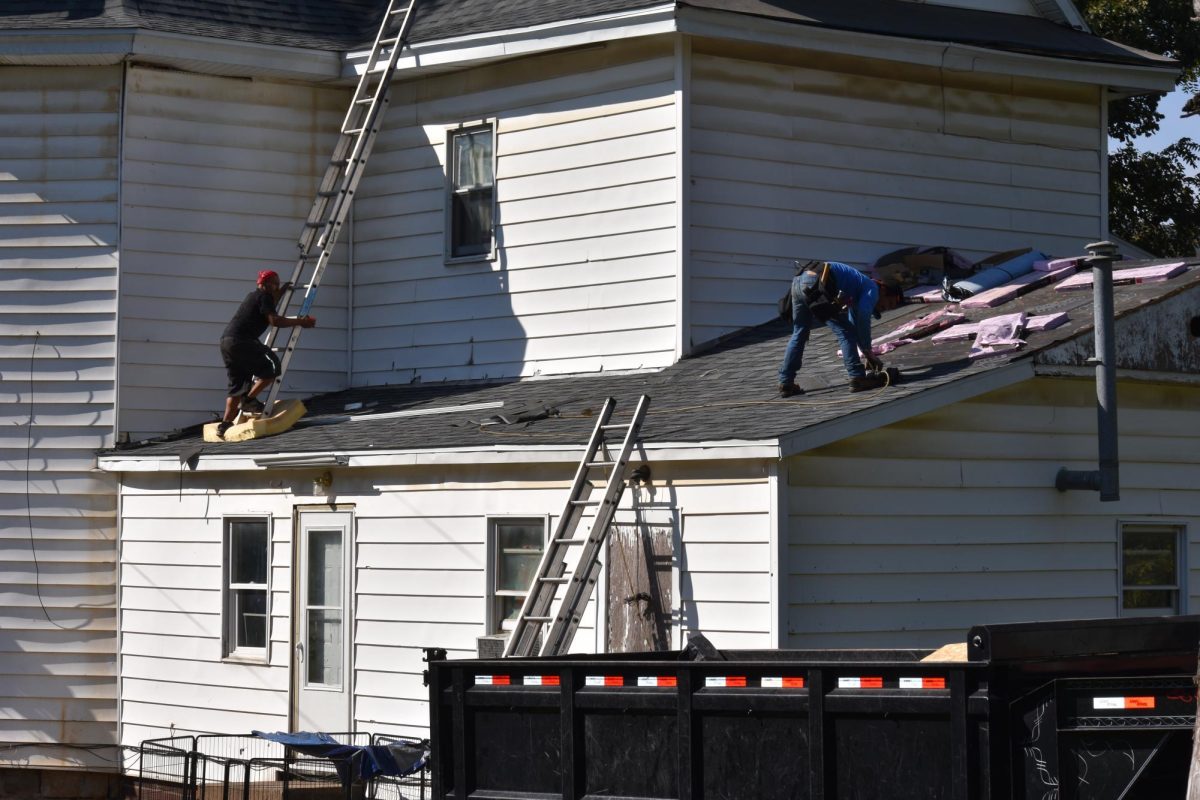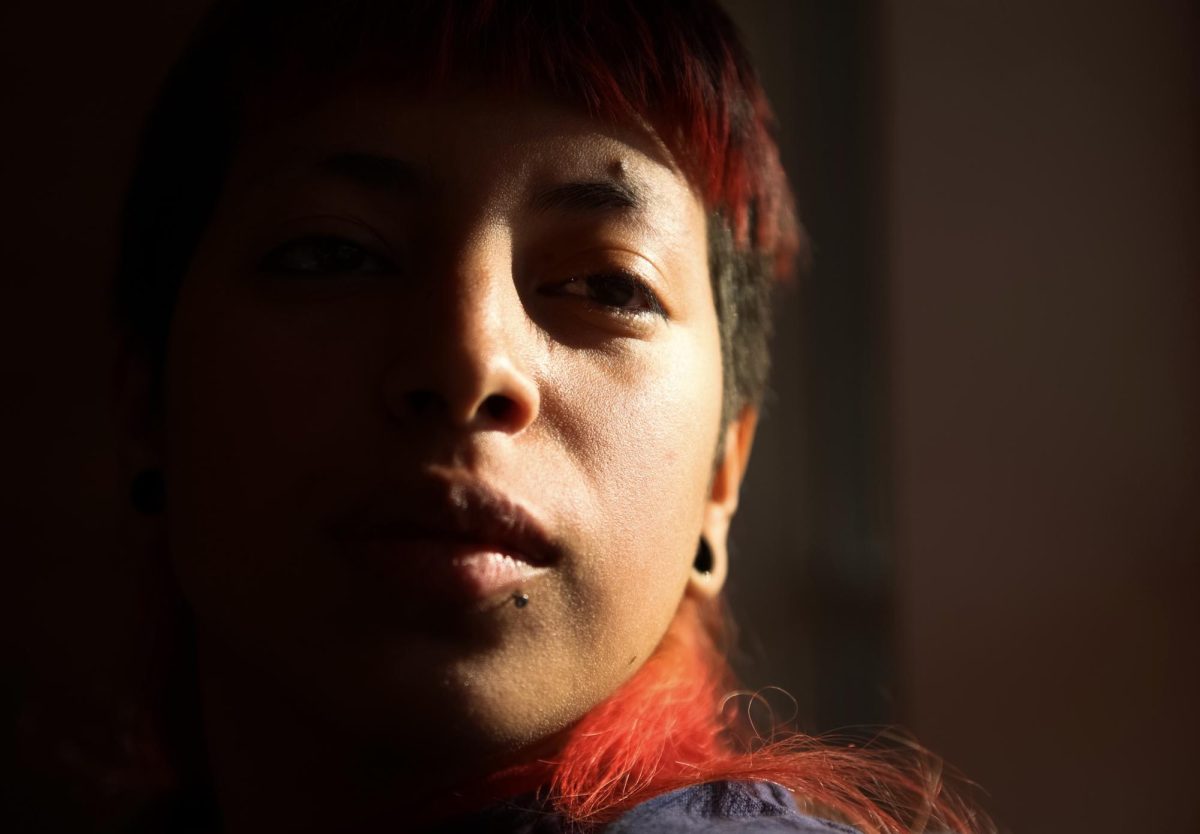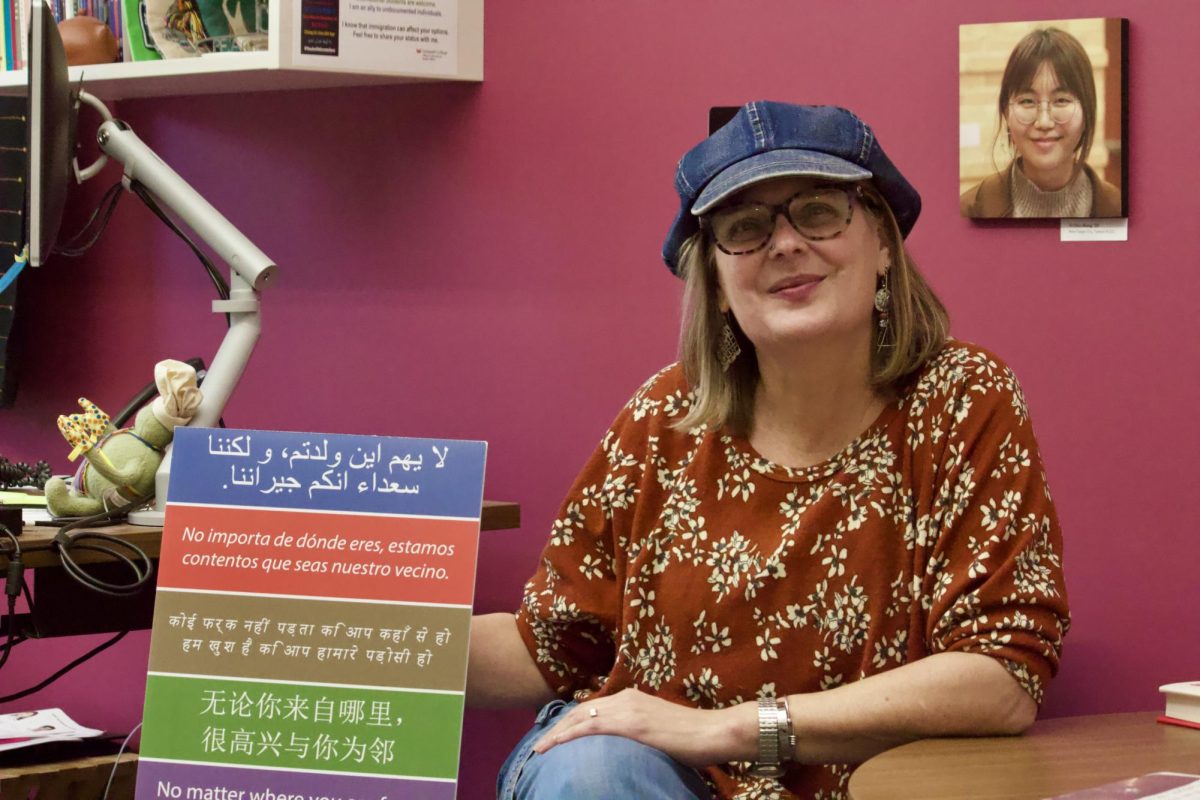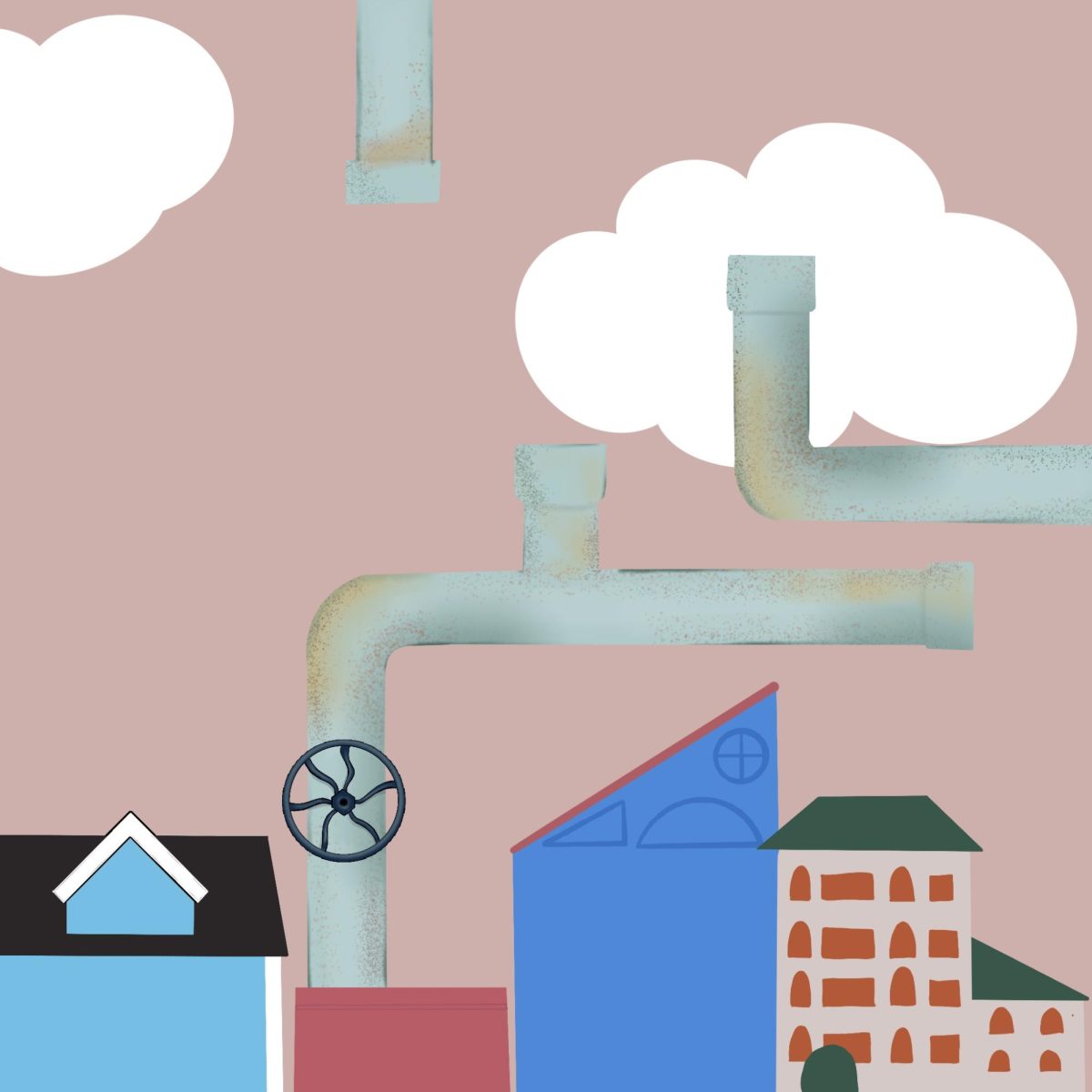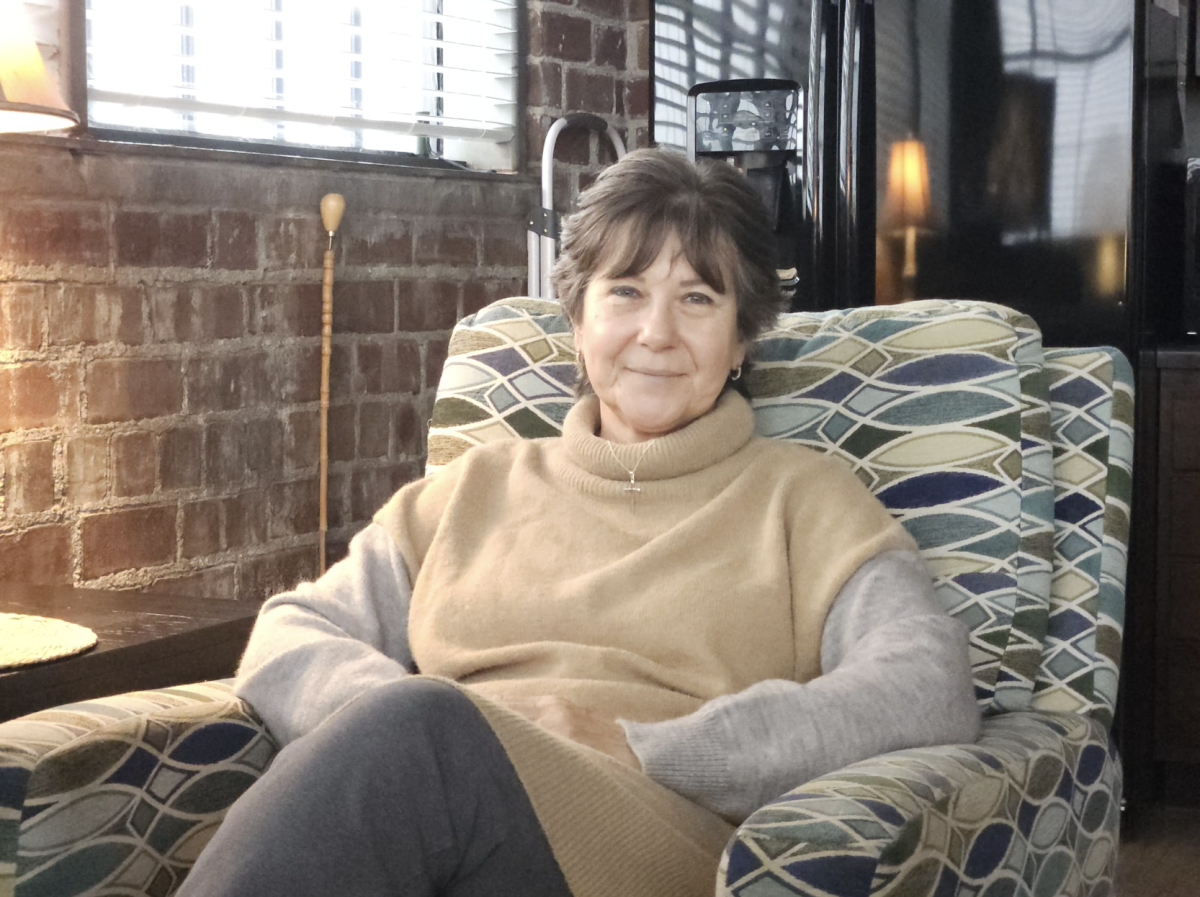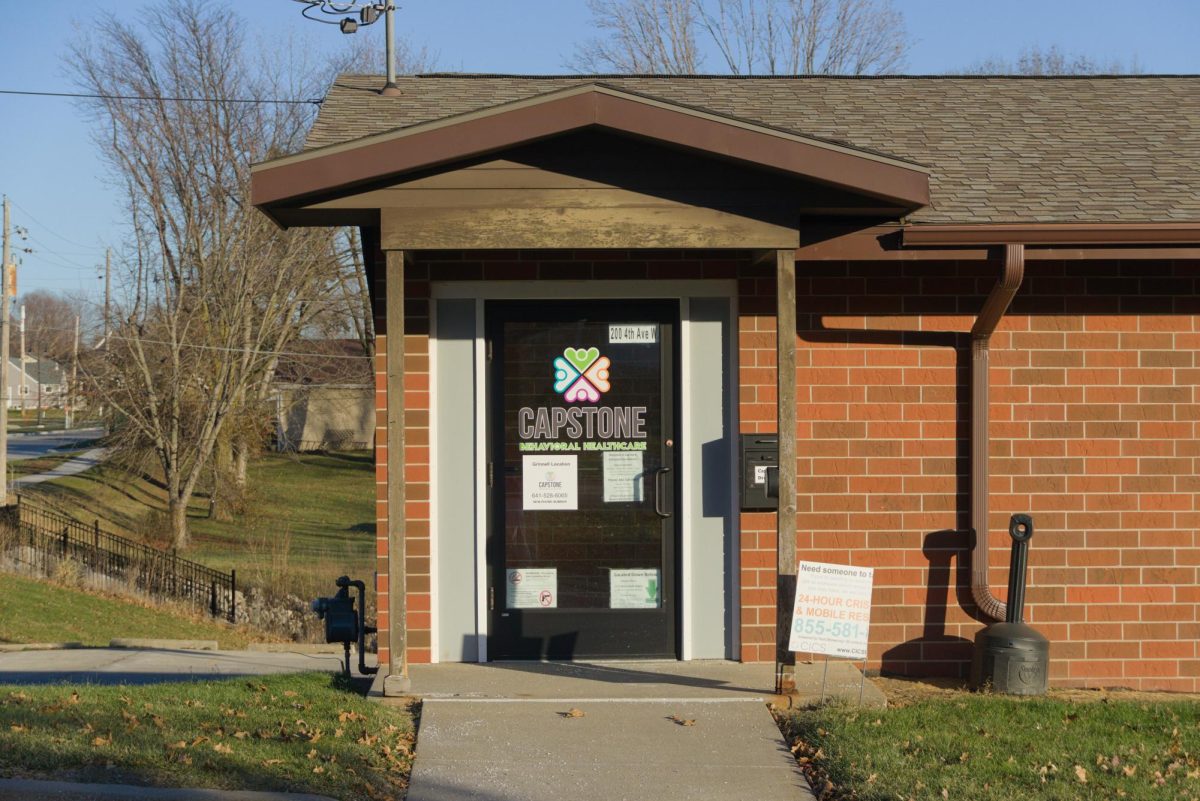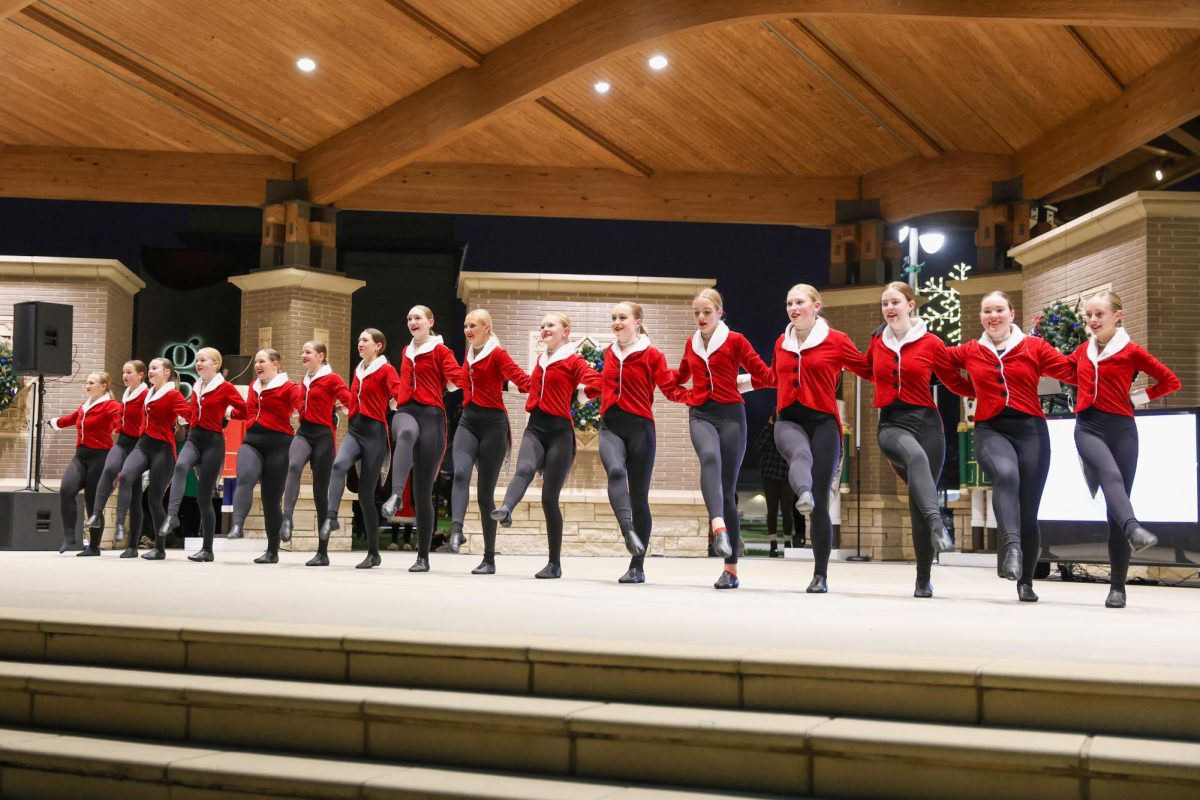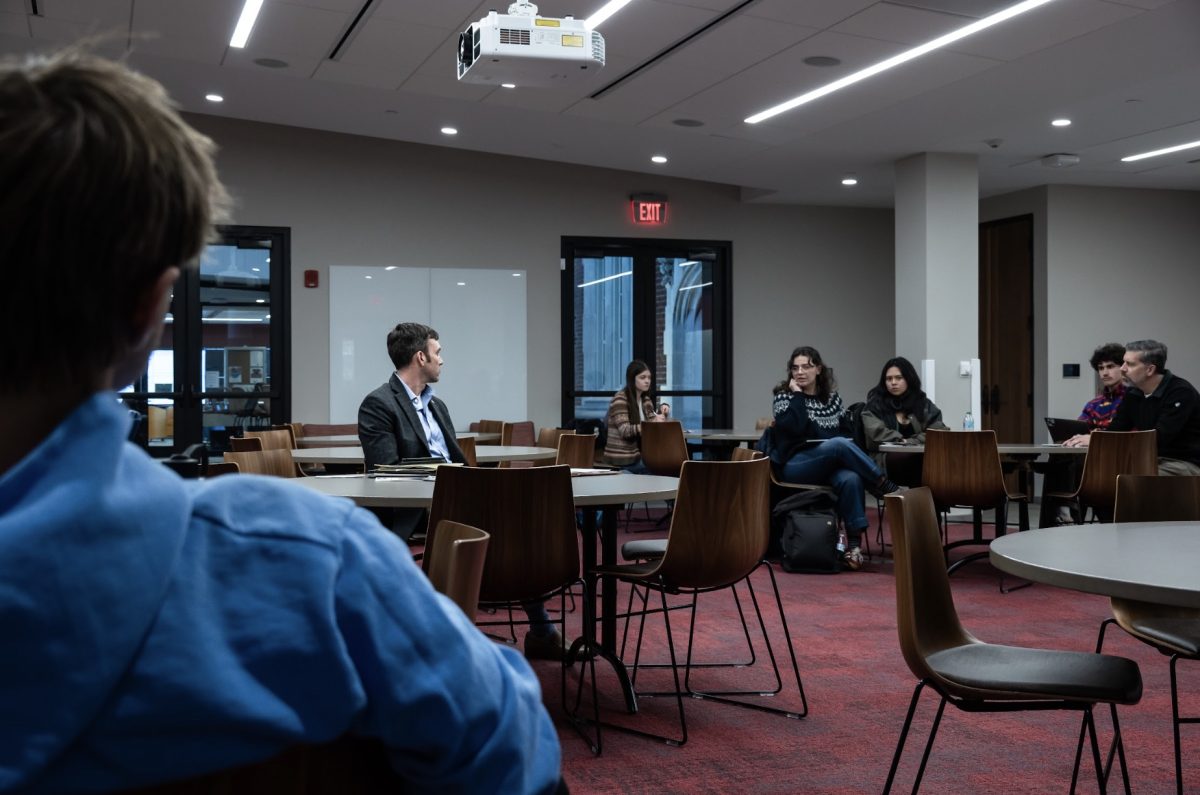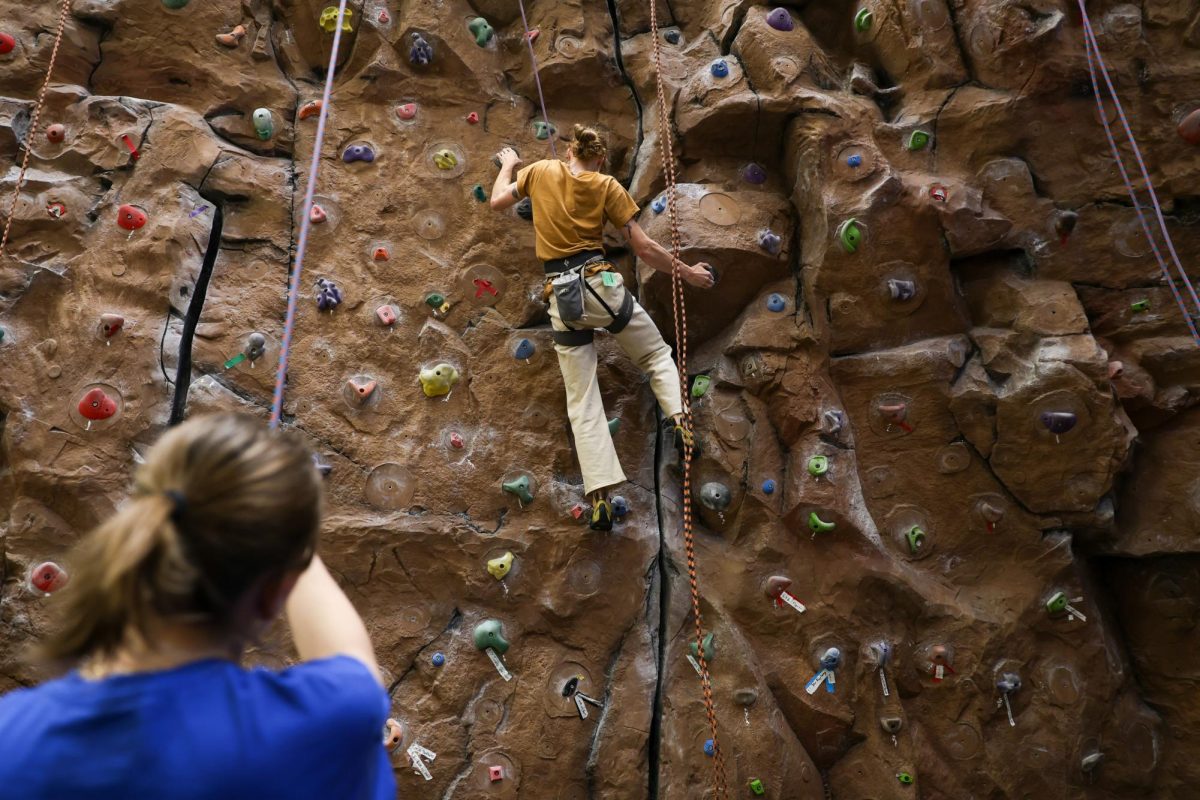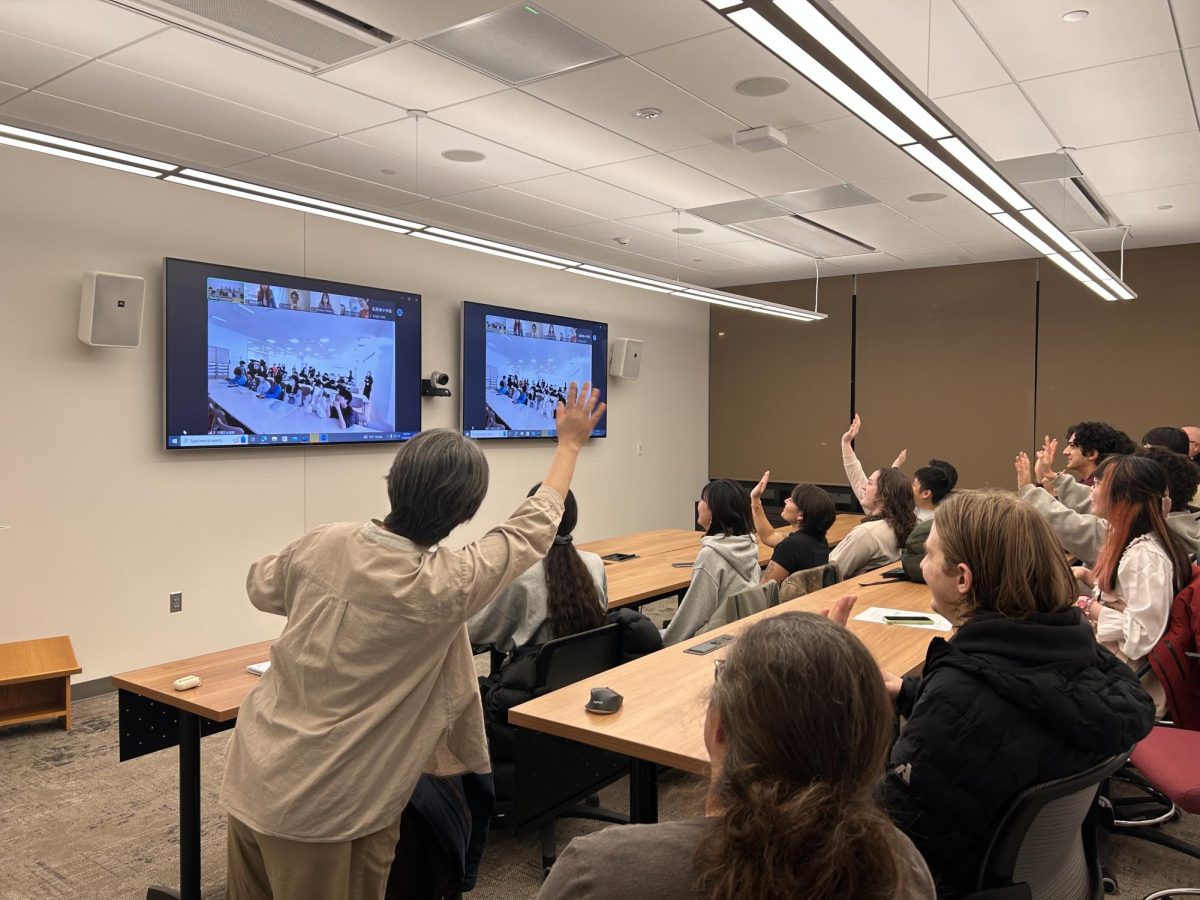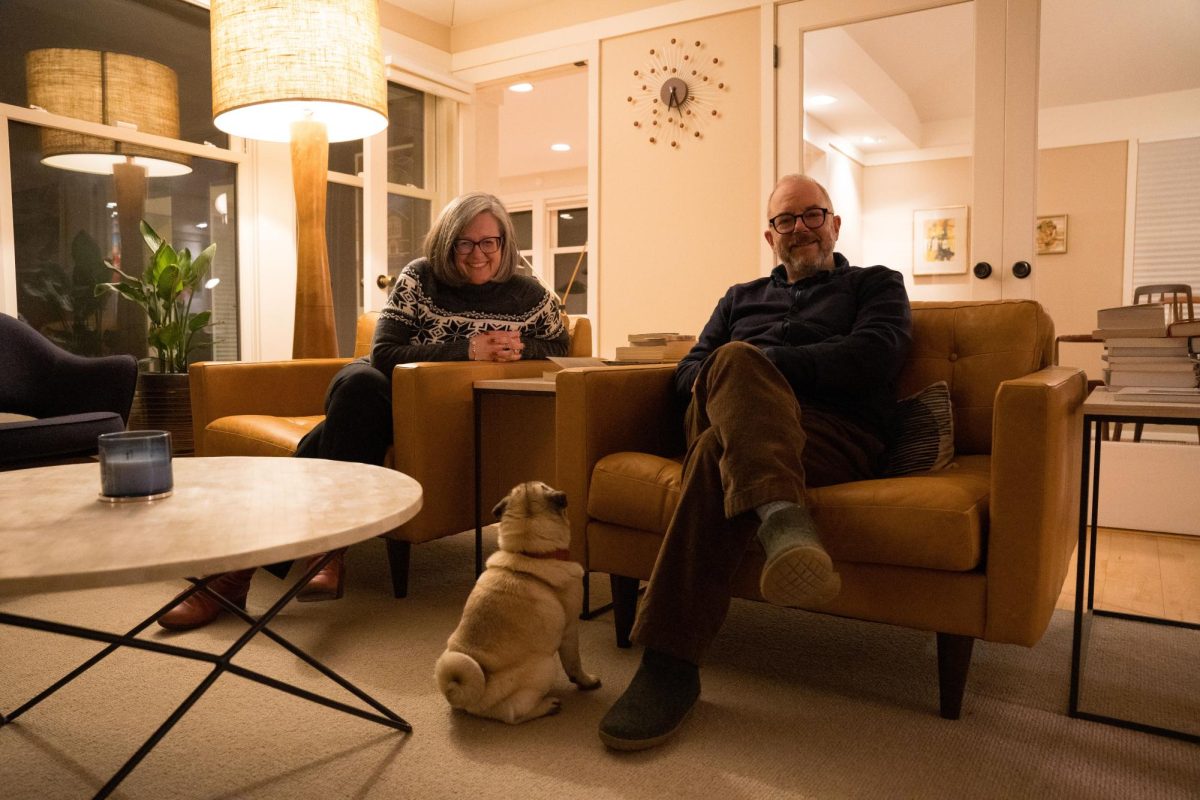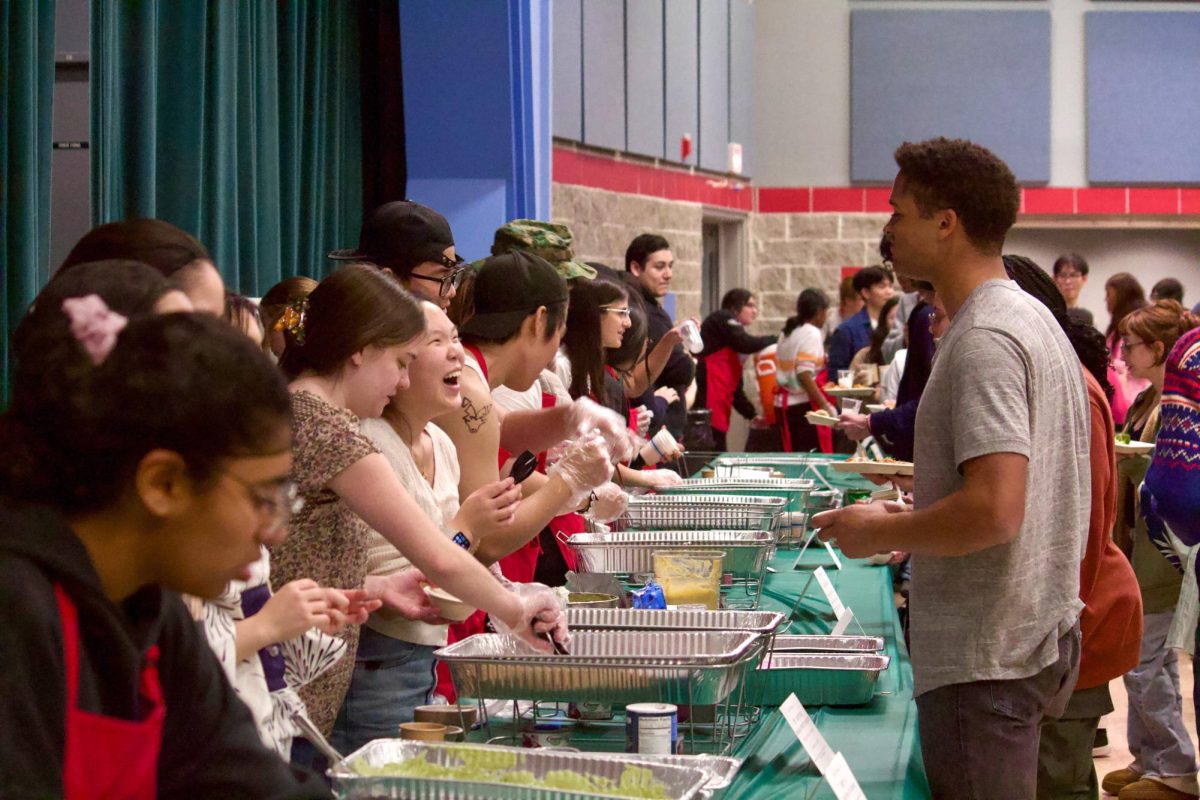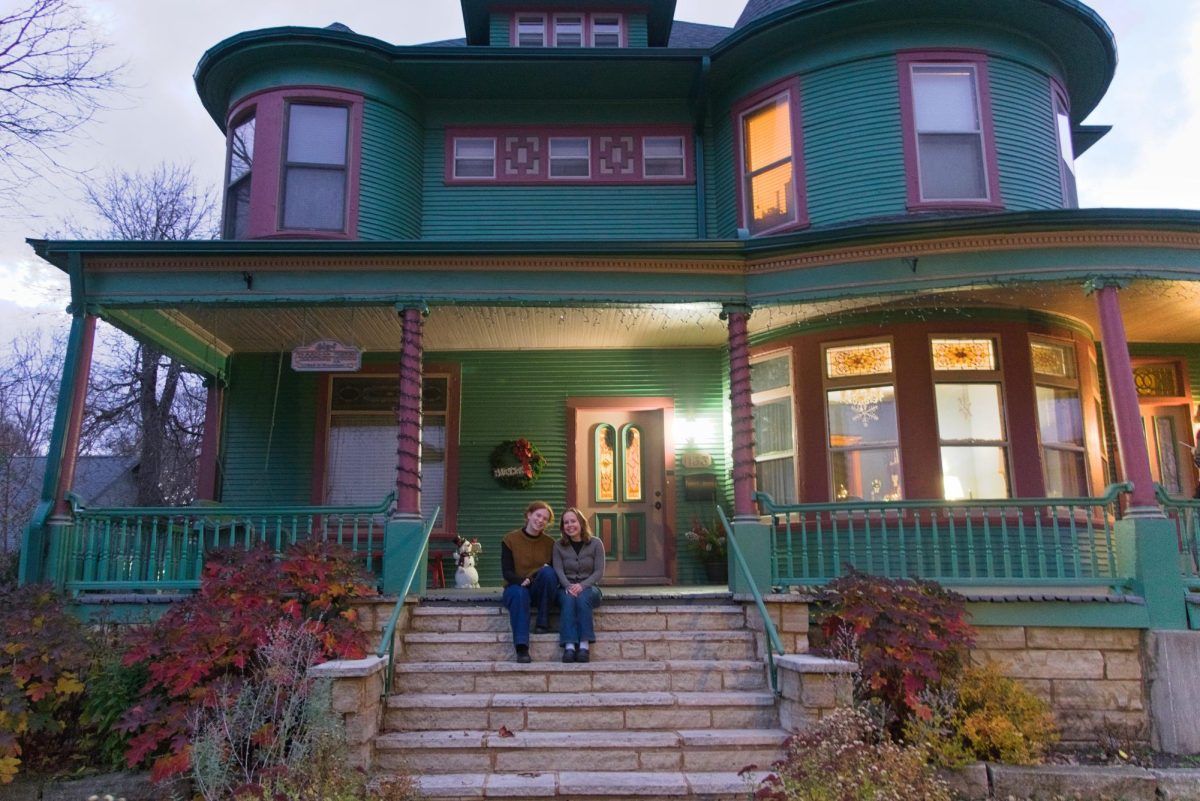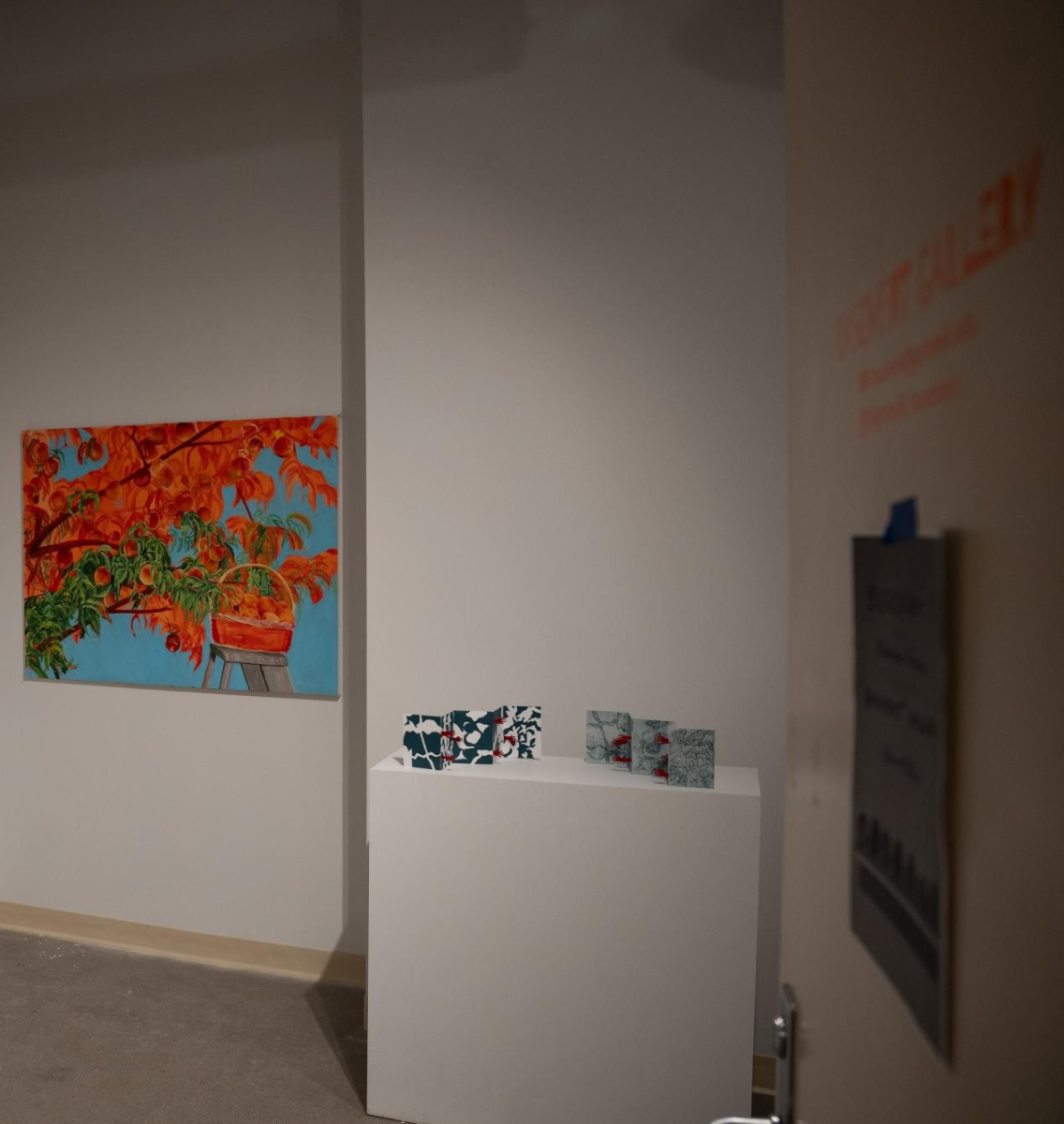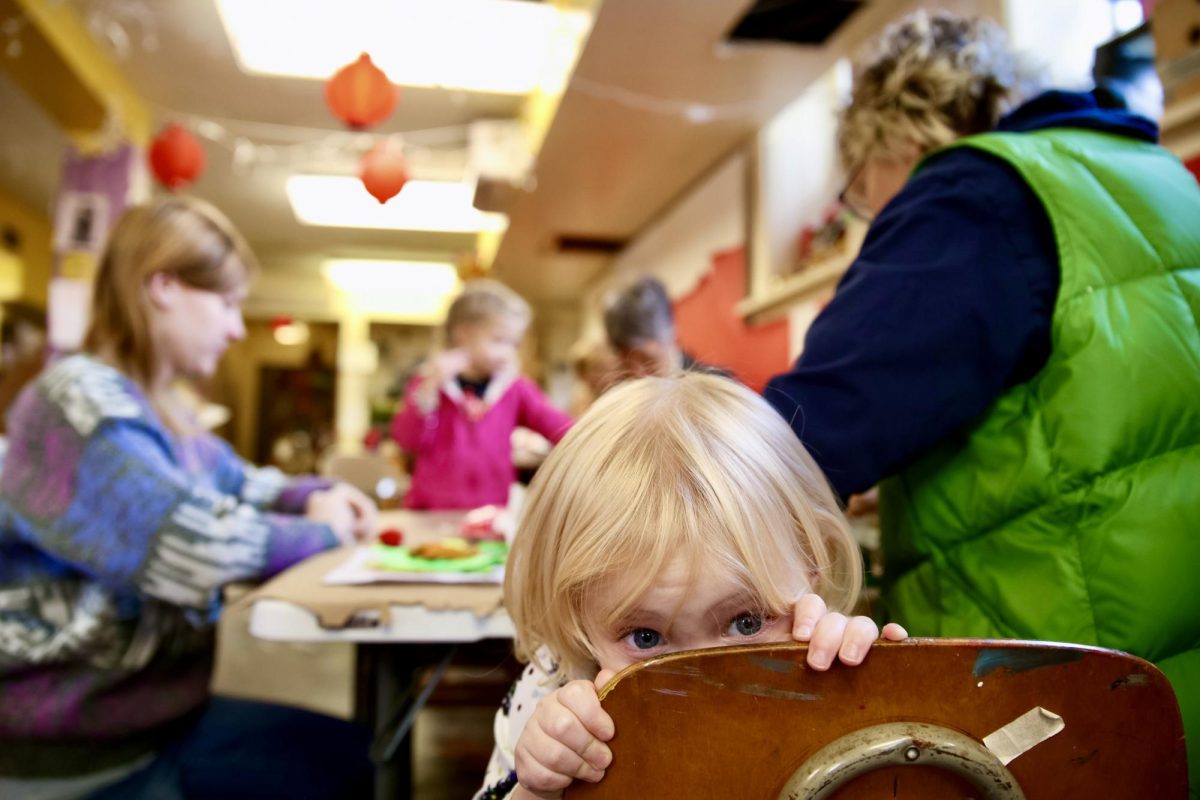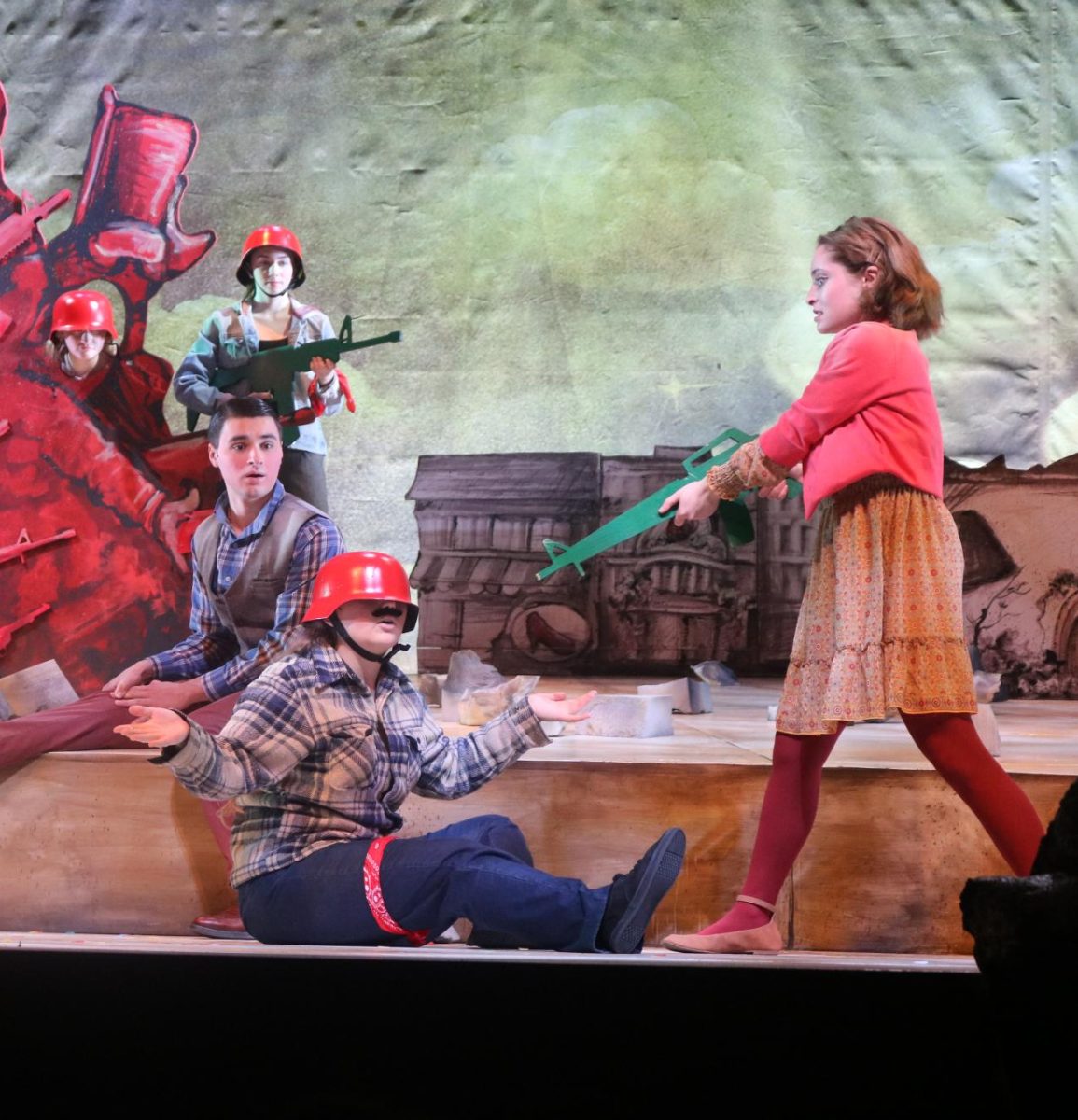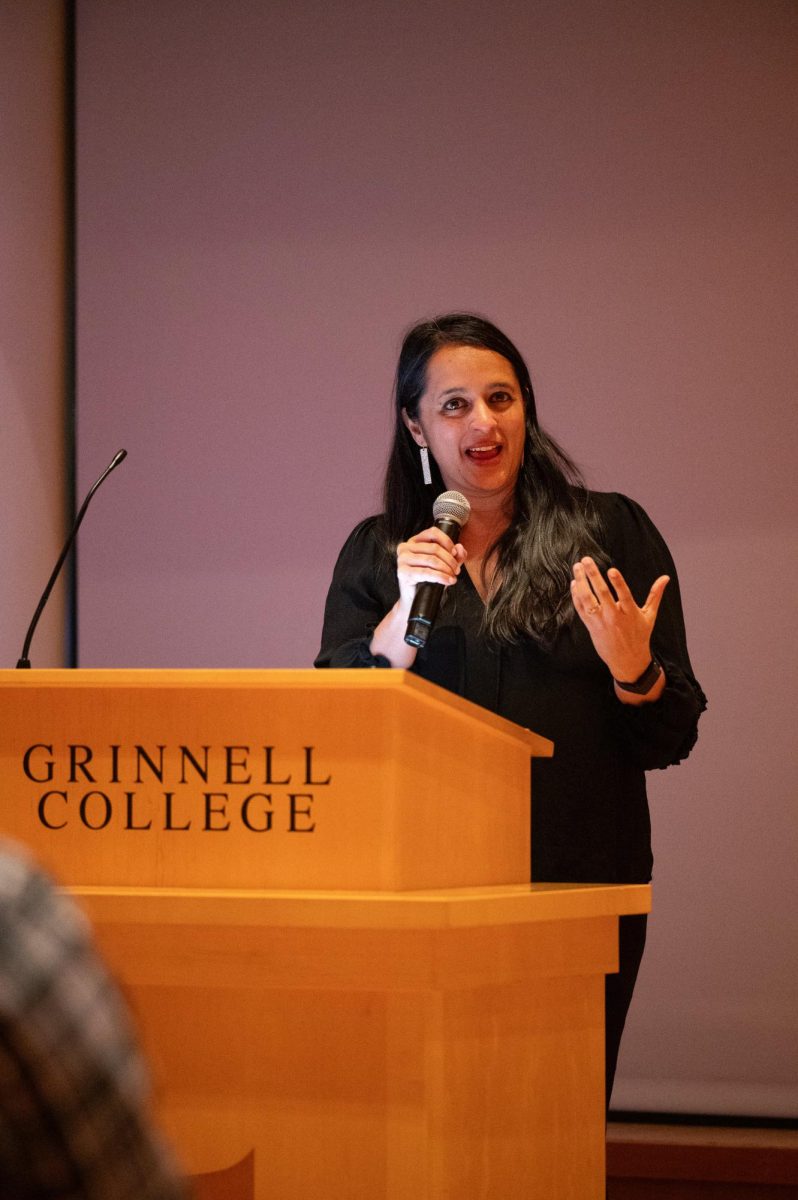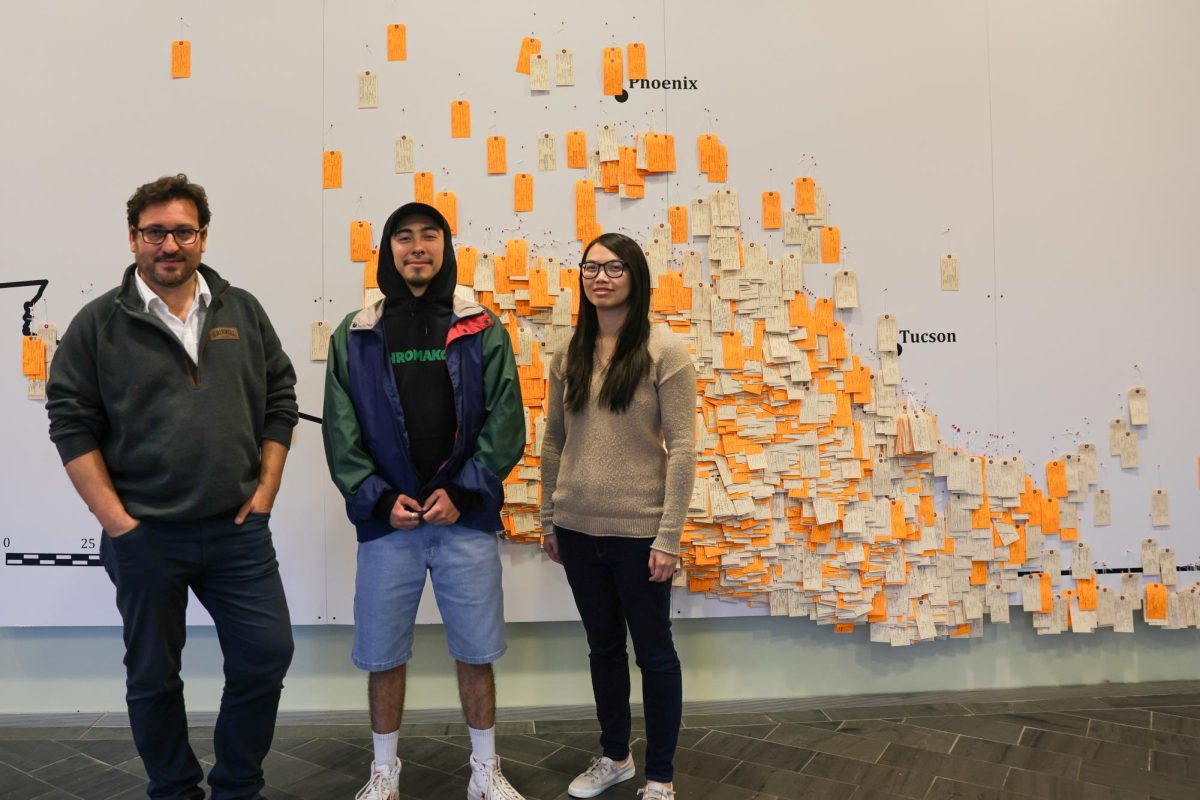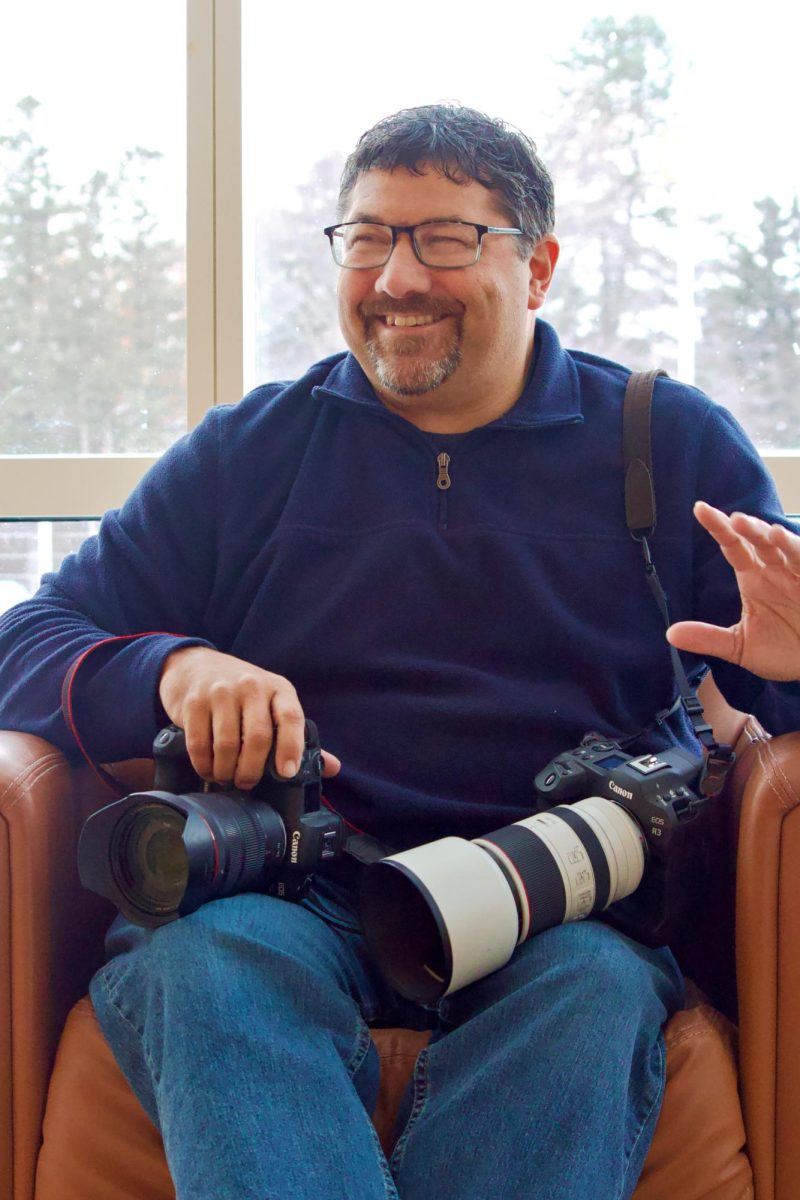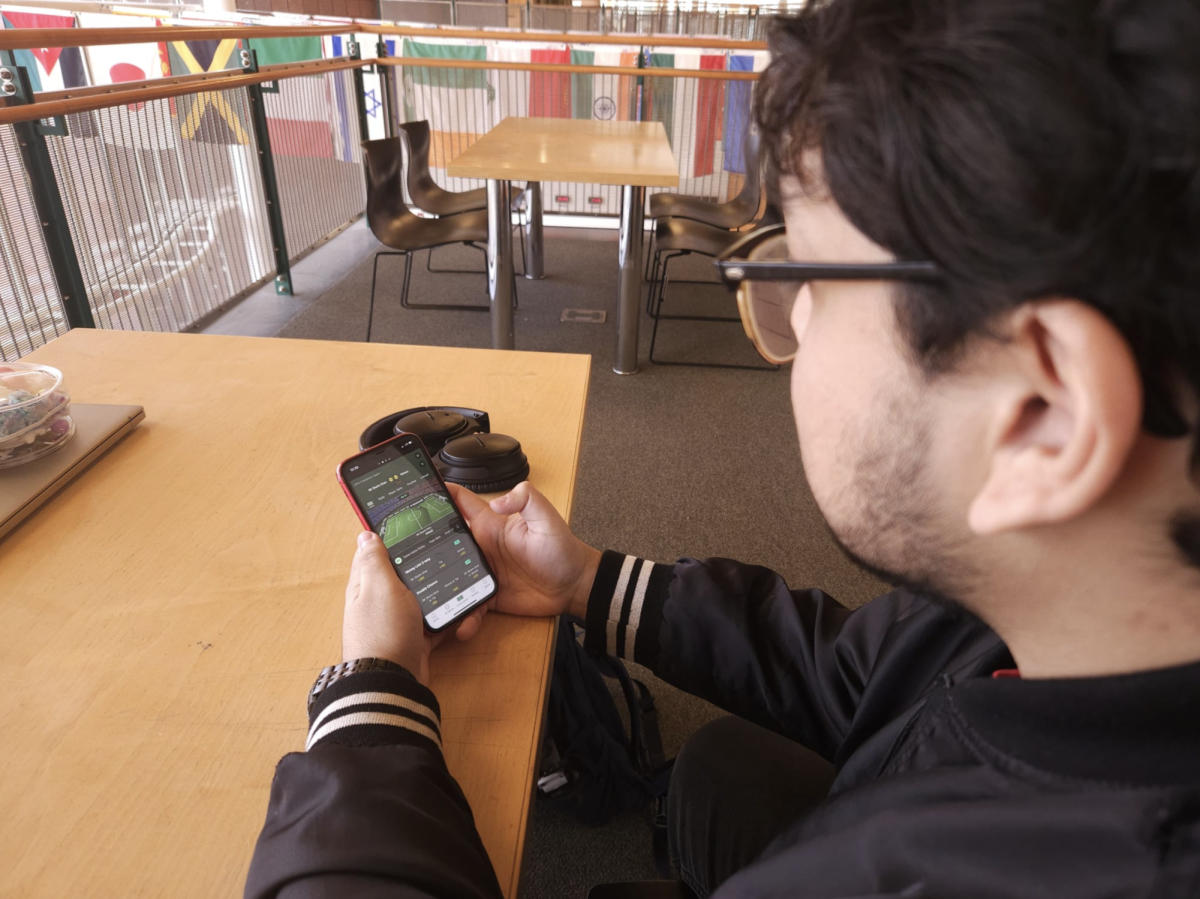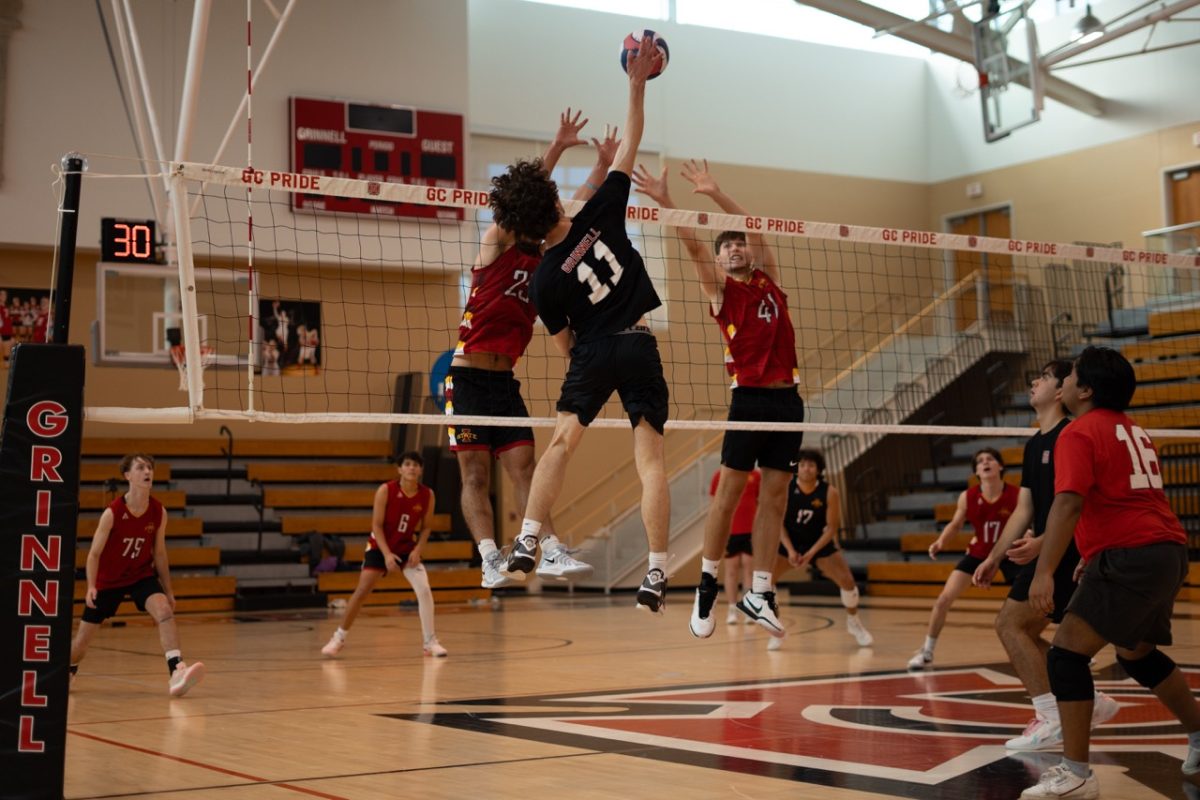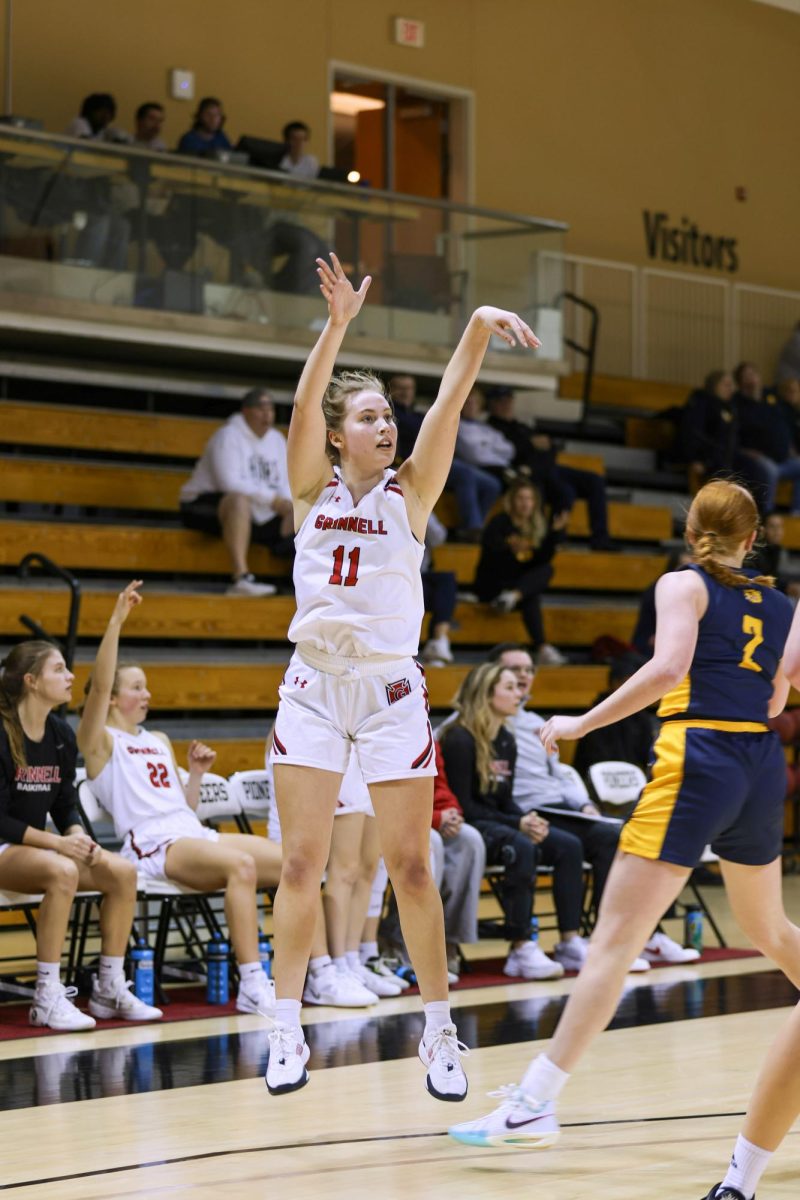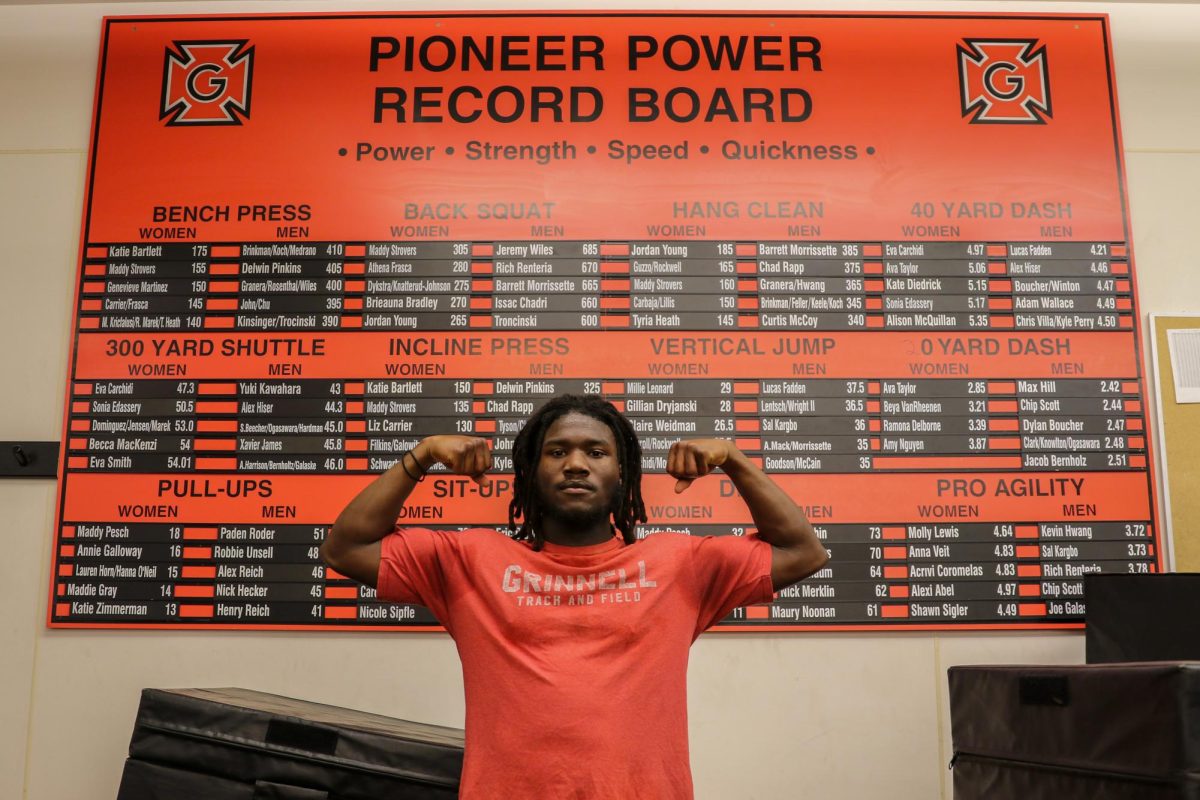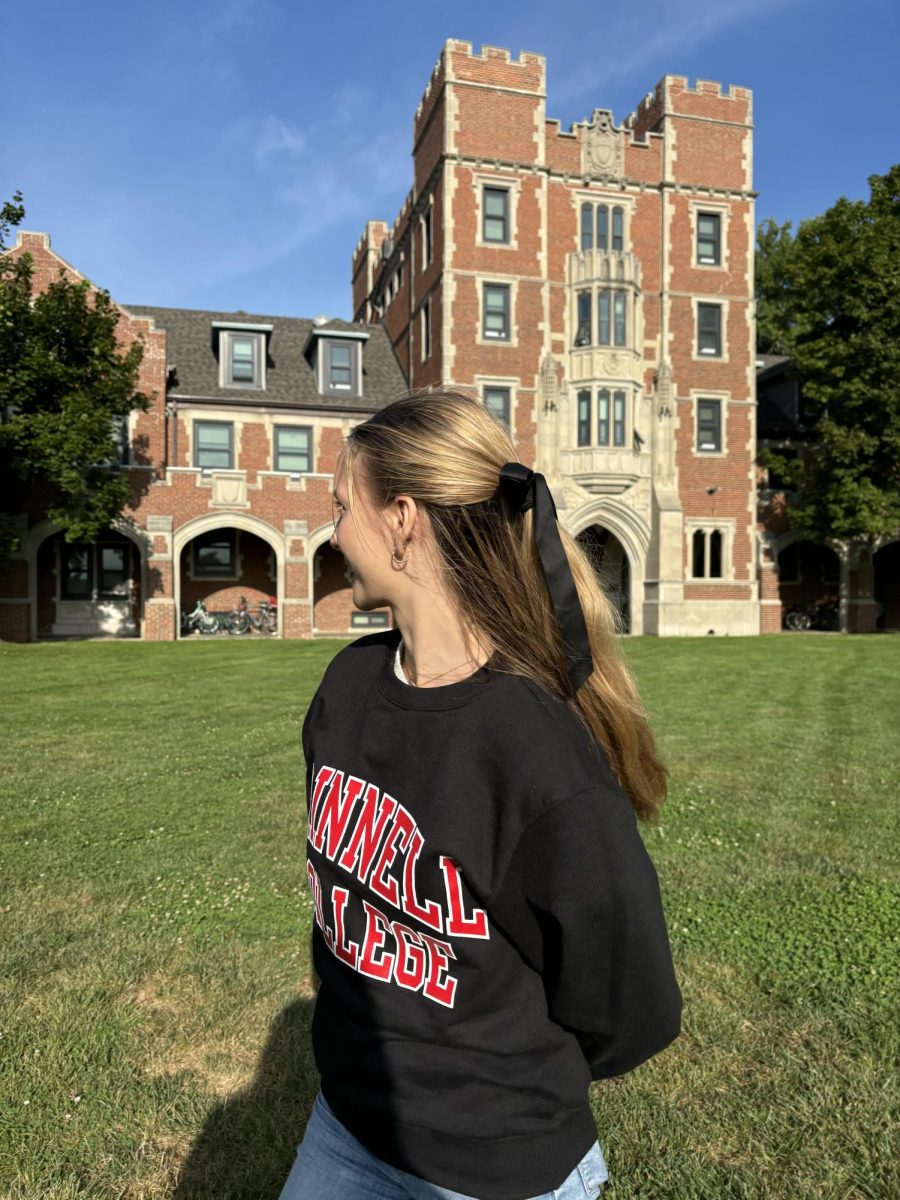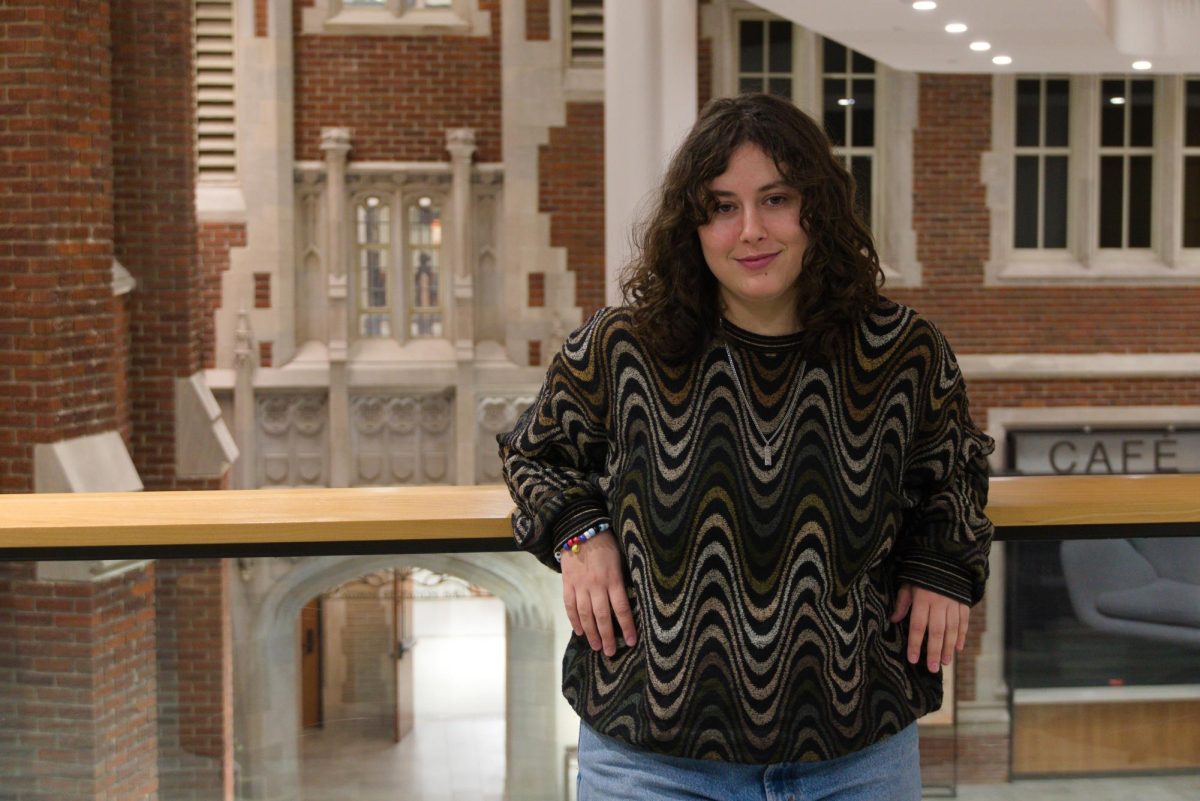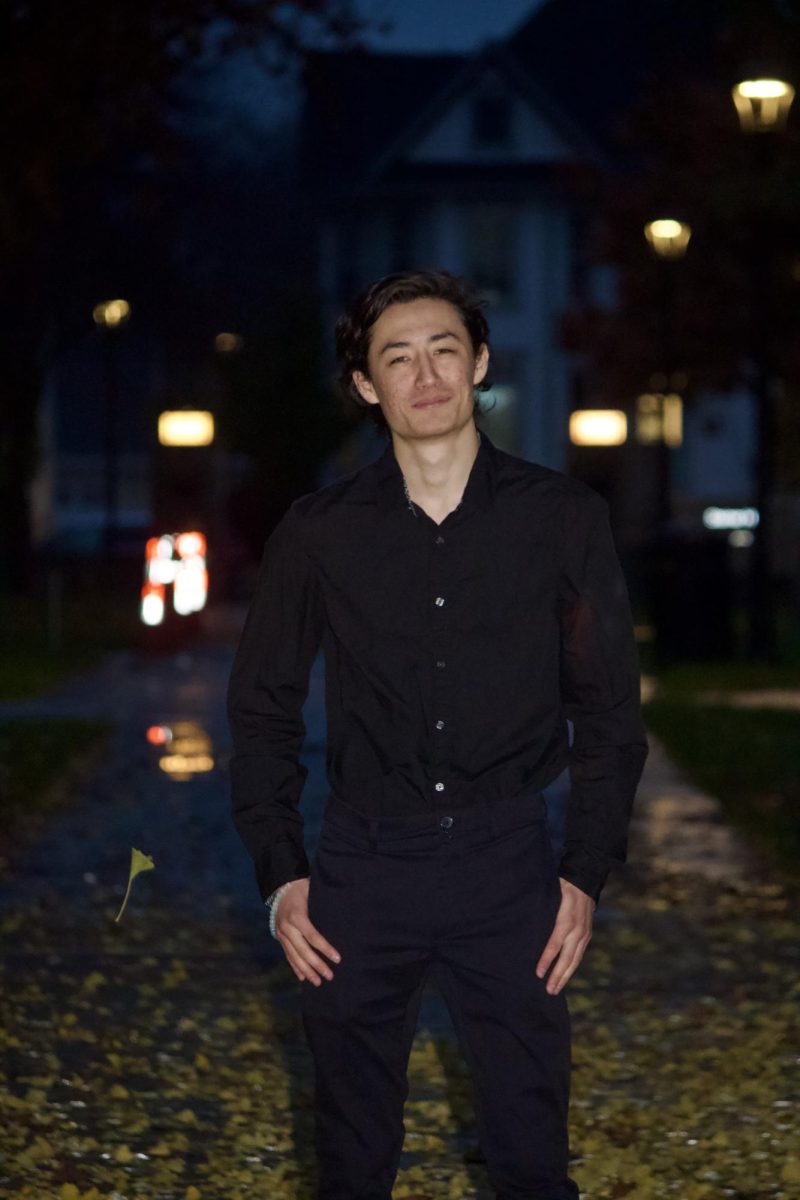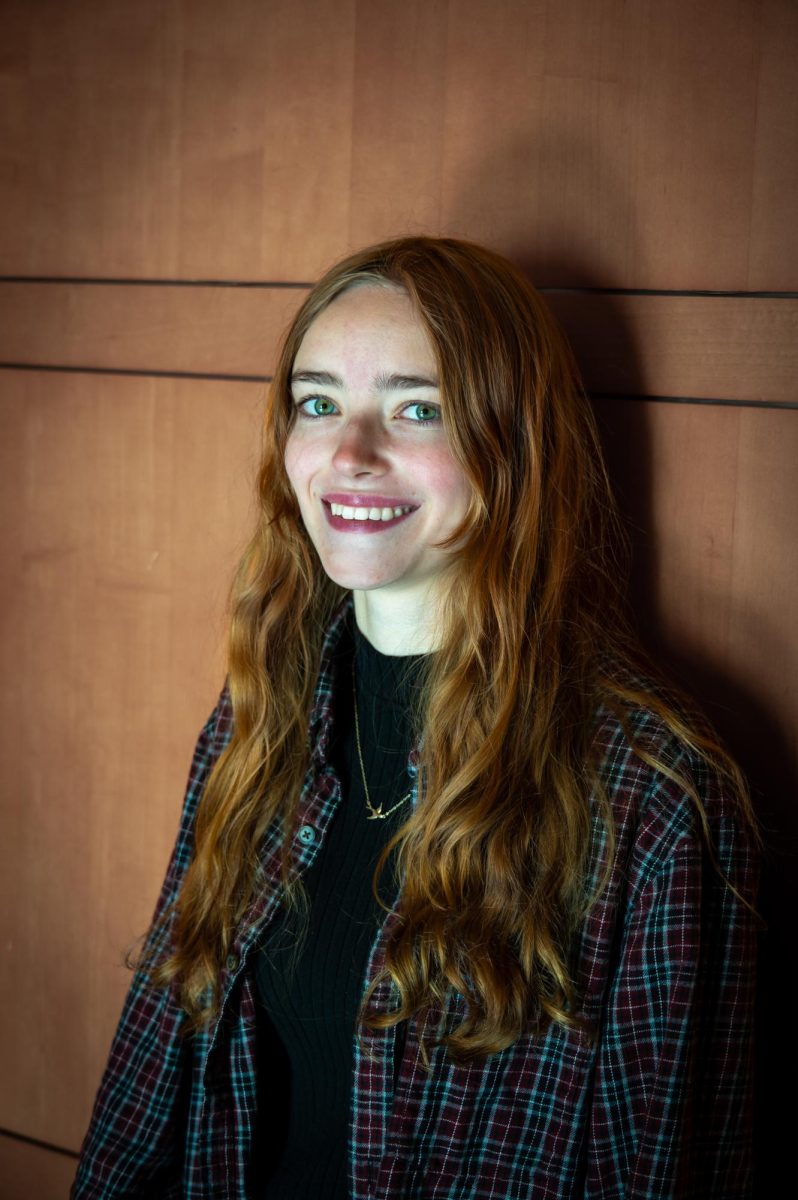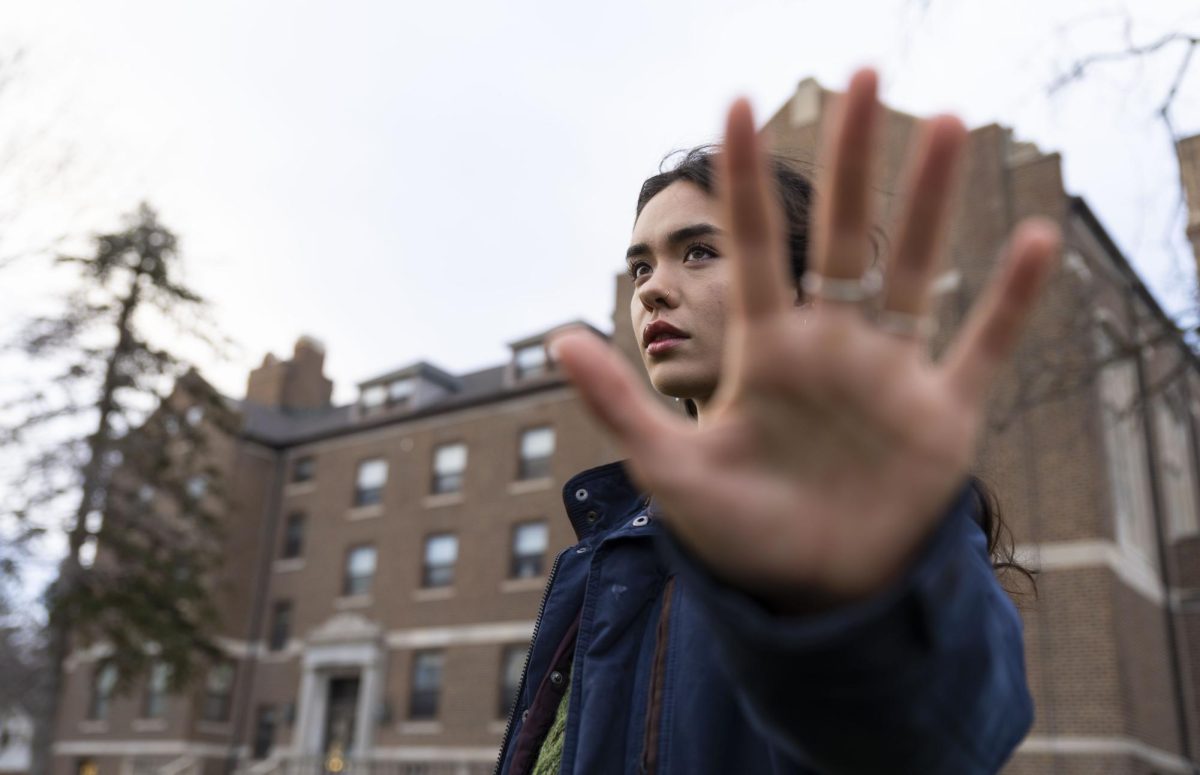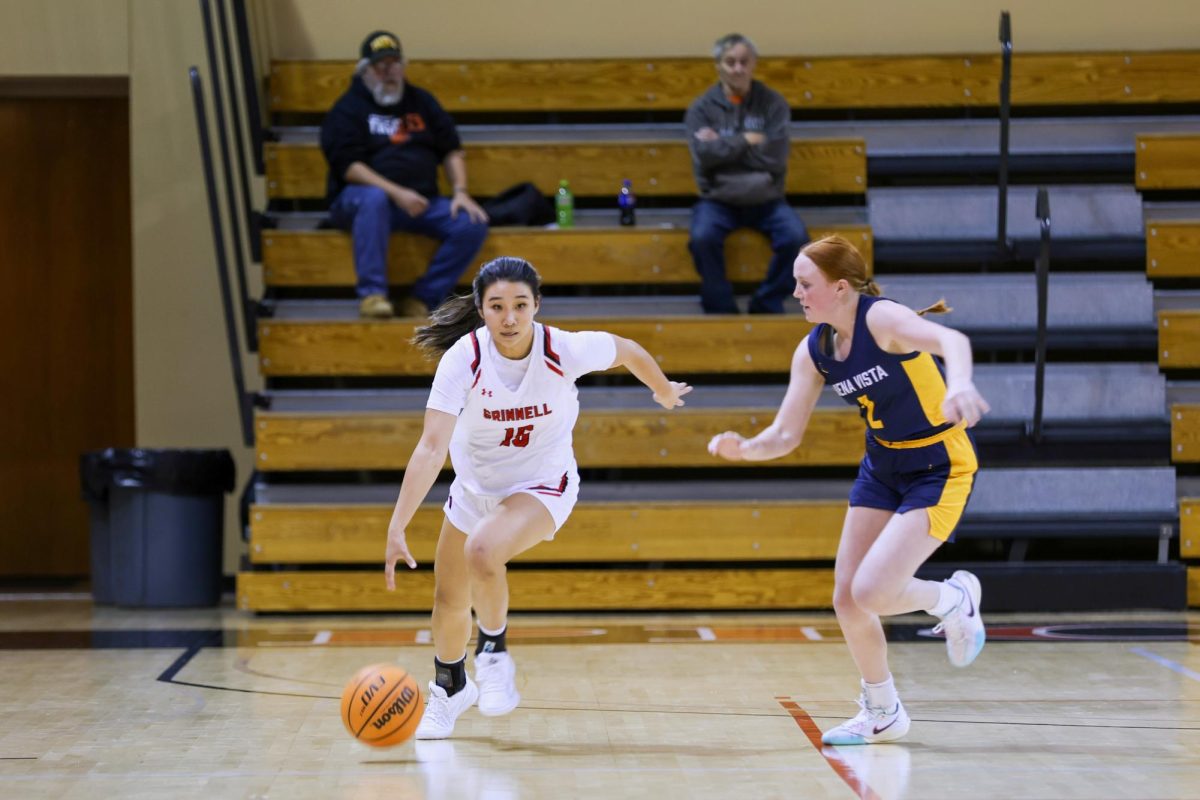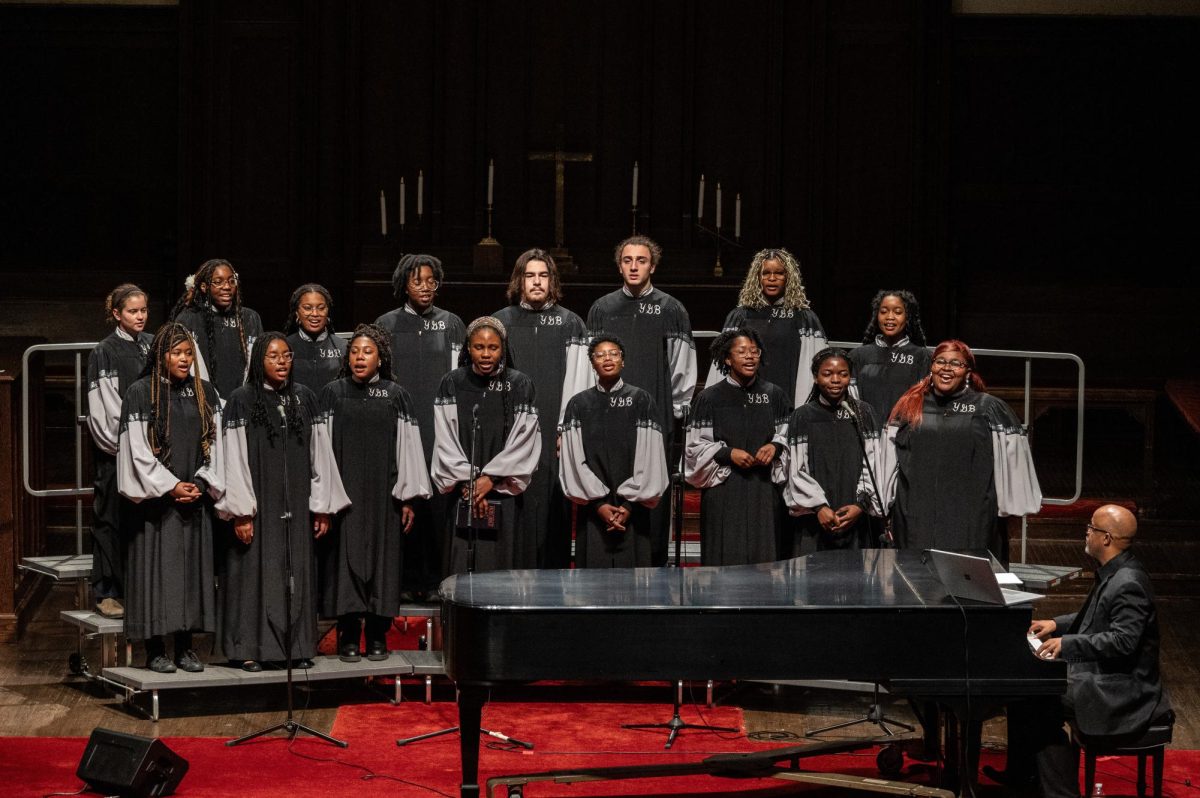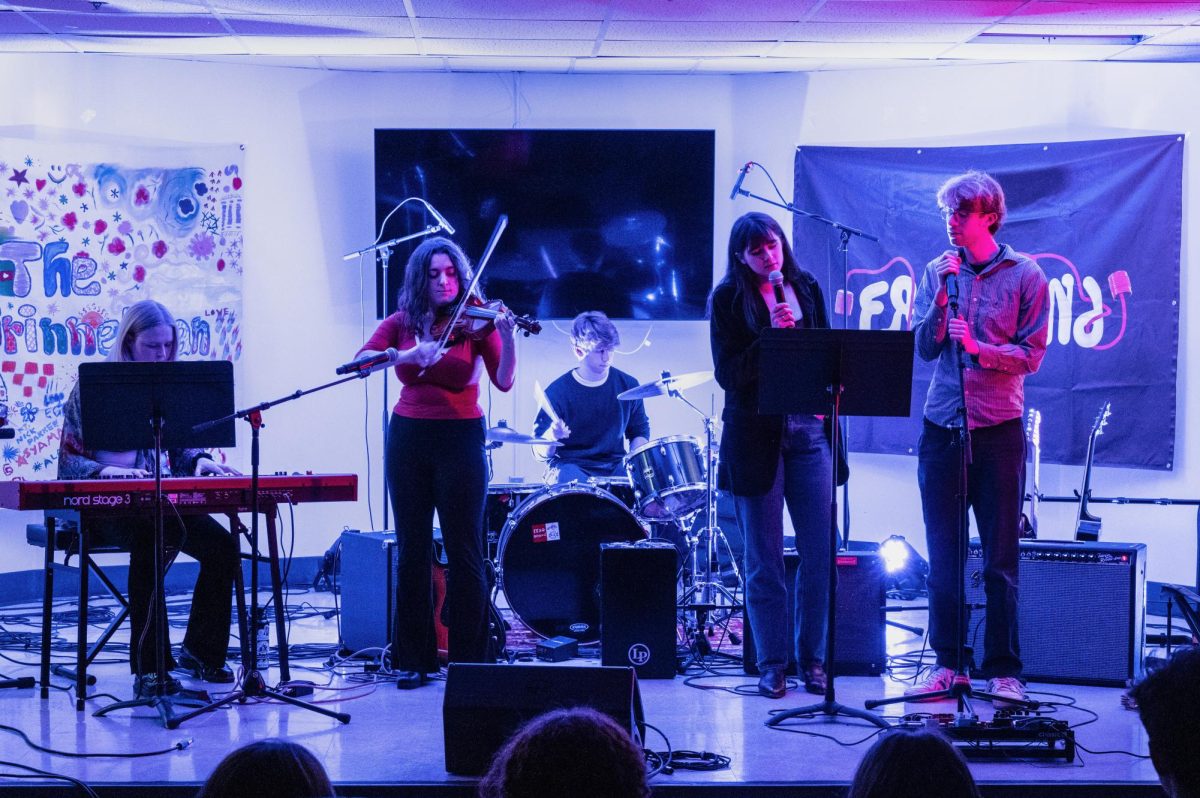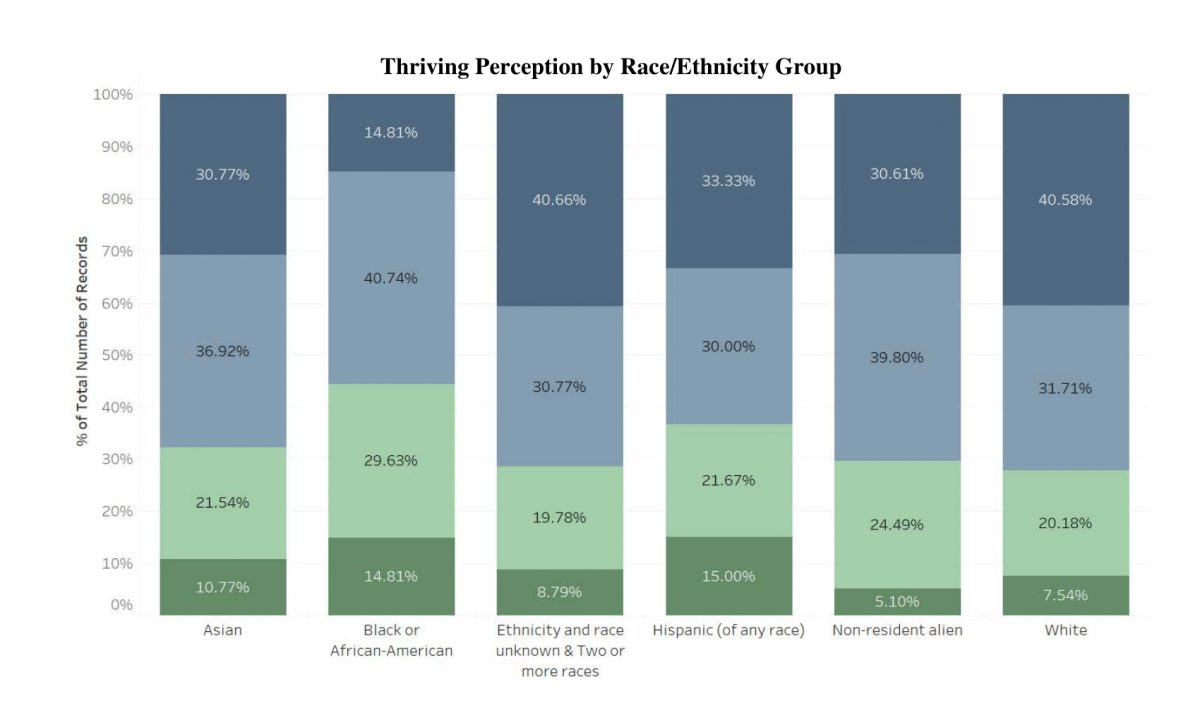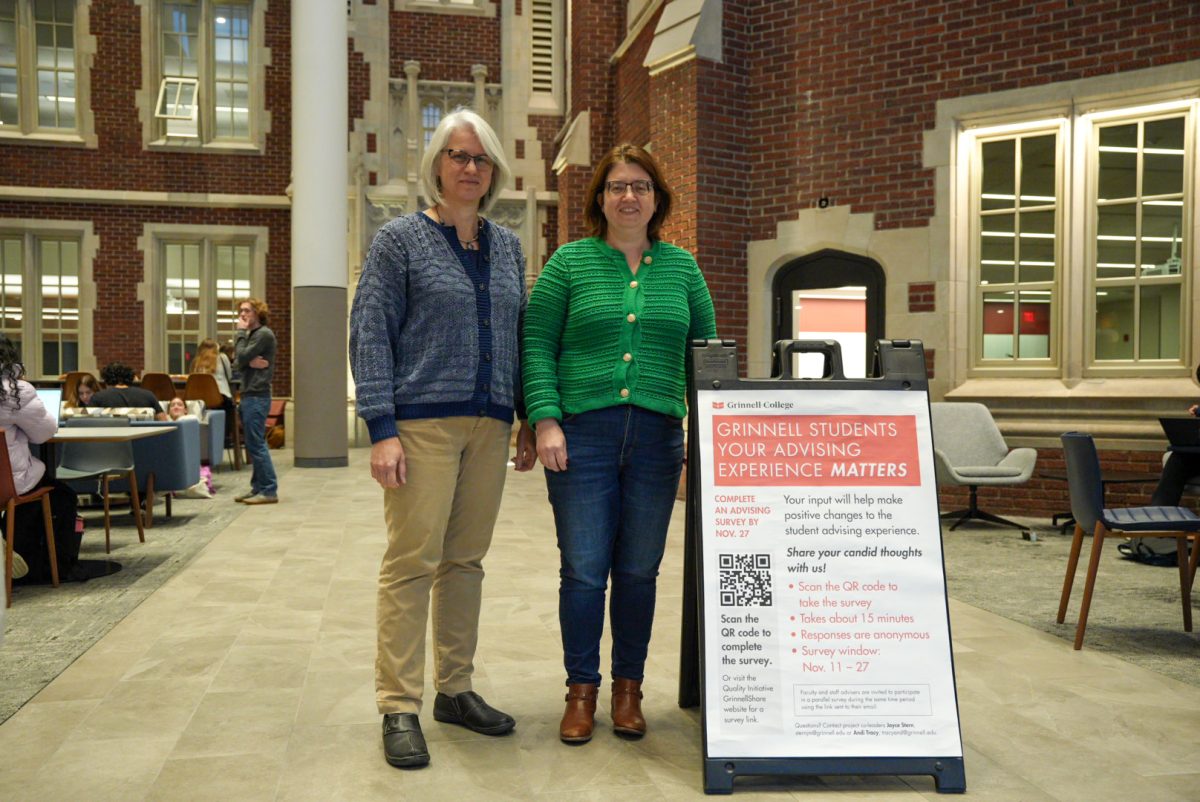Grinnell voters passed a tax levy to fund the renovation of the Veterans Memorial Building in Central Park during last Tuesday’s Nov. 6 election. The election was close, with 807 votes or 50.75 percent voting for the levy and 783 votes or 49.25 percent against. The levy, which will start paying in April 2019, will increase property taxes by 41 cents for every $1,000, and will generate about $112,000 per year to fund the renovations and the new artist residency program that will be implemented in the building.
The Veterans Memorial Building has been a site of controversy since renovations of Central Park began. After asbestos was removed from the structure, the building was left gutted. Members of the Veterans Memorial Commission, which has jurisdiction over the building, wanted to leave the structure intact and renovate it, but felt that members of the town wanted a new memorial built in its place.
The narrow margin of votes that passed the tax levy speaks to this divide. Leo Lease, chairman of the Veterans Memorial Commission, wants everyone in the community to feel included in the process, whether they voted for the tax levy or not.
“We are not saving a building here,” Lease said at a meeting of the Veterans Memorial Commission on Monday, Nov. 13. “We have a broader goal of having an appropriate veterans memorial here, a service to the community here, that everybody could have some use for. Those kinds of general buildings can appeal to people that may have voted against this. They still have something to say about it, and we should include them in the process. To have so few people here is dangerous. … We have to stick to the idea that we have a bigger appeal than to just veterans or just anybody, so that everyone in the community, different ages, different interests, could participate in it.”
Lease did point out the fact that the larger-than-usual voter turnout shows support for the memorial.
“It would really behoove us to try to include as many people as possible. I think we’ve accomplished some of that by the turnout, having about three times what the turnout was the last time. Those are people that didn’t vote last time, we spoke to them, and that probably made the difference. We still have approximately half the people that didn’t vote for it that need to be included in this and feel like this is something that they can participate in, something that they can be proud to have in the park,” Lease said. “So as much as is possible, we have to try to do that.”
Randy Hotchkin, who spent 26 years in the air force as a master sergeant and has been a huge proponent of the memorial, worked hard to help get out the vote.
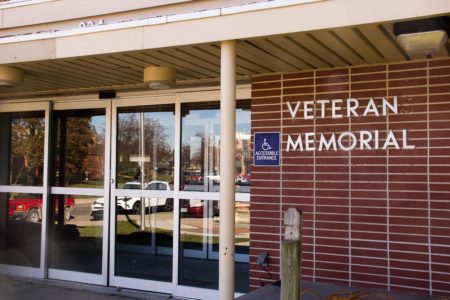
“Myself and a few others, we kind of called ourselves ‘the friends of the memorial building.’ We put together funds to help promote the vote,” he said. He and some friends took out advertisements in the paper, wrote op-eds and did radio interviews. “I think the huge turnout we got was a credit to a lot of different sources, but it’s surely impressive that we got that many people to get out and make that move to vote.”
However, with the passing of the tax levy, the Commission will move ahead with its new plan to build a space for artists’ residencies.
The memorial building will house the new program, Prairie Star Residency, which will run year-round and consist of both veteran and non-veteran artists. According to the program’s website, the renovated building will have six small living spaces for the residents, three shop areas for the artists’ use, five artist studios and a lounge for the artists. The building will also have a meeting room for veterans and a large public meeting space.
Tom Lacina, former president of the Grinnell Area Arts Council and current Arts Director, was the person to come up with the artist residency concept. Hotchkin was thrilled when he came forward with the idea.
“This program that came about from Tom Lacina — that really spurred my enthusiasm for the building as well. We didn’t have a strong purpose for it, we were trying to use it for things that were probably outdated — dances and wedding receptions and things like that. We have other event centers in the community,” Hotchkin said. “So the idea that we could have veteran artists or artists of all types come in here, maybe do some art therapy for veterans, just really excited me. And I actually had a father who suffered from PTSD, he battled nightmares every night, and he found solace in wood-working and photography and those kinds of things. I’d really like to be involved with helping people in that way.”
Moving forward, Lacina wants to see active collaboration among the Commission, city and Arts Council. He wants to see a committee formed with representatives from these groups.
“The purpose of that committee would be to actually fill in the blanks a little bit as to what exactly is the Prairie Star Residency, how is it operated, what would its budget look like, and to give substance to that program that would exist in that facility,” Lacina said at the Commission meeting.
He believes that by solidifying plans and the working relationships of the various groups involved, more people who are on the fence about the memorial would come on board.
“We need to know that in order to actually help explain this to that middle group of folks who are kind of on the edge, back and forth, they’re in the center, exactly what is it that we’re talking about.”
This will also help get more funding for the building, as donors want to know about the program to which they are donating.
“It [is] also the only way we’re going to get funding. I believe that we have to explain what the program is. So this is the first step toward effective fundraising,” he said.
Lacina wants to see many donors coming together in a collaborative way to support the building. “I’d like this to be a composite of many voices, and many pockets coming together,” he said. “This is something that appeals to the entire community, and could endure for a long time.”
While the commission is largely comprised of veterans, Lacina emphasized that he wants this to be a community effort for the veterans.
“The veterans shouldn’t have to build a memorial to themselves. I get a little troubled when people are saying, ‘the veterans are going to build this.’ … To me, the memorial should be from the whole community and speaking to the veterans as a thank you,” Lacina said. “And this would be a living memorial. … I think that sometimes, right now, I hear too much about the veterans doing this. I’m not a veteran, and of course I love the arts, and that’s a big reason that I came up with the idea, … but I also know that we owe a lot to the veterans.”
Lease emphasized that, in order for this to work and for the community to get on board, the community and the commission need to work together.
“I am a veteran but I still feel like this is a big family and that everyone has got to contribute,” Lease said. “Compromise is not a four letter word. We’re going to have to do that if we’re going to get where we want to be.”
Hotchkin is most excited by the uniqueness of this memorial.
“I think economically, socially, this can do much for the community,” he said. “Every other community has memorials — they’ve got walls or statues or whatever. We could be different. We could have a building that says we honor veterans, not only in the façade of it, the signage, but also the contents of it.
“I always tell people, think about the dead of winter, we could have ice sculptures in the park, carving all kinds of cool stuff. There’s a lot of people that can’t picture artists and veterans intermingling,” Hotchkin said. “I mean, who wouldn’t love seeing a chainsaw carver?”
